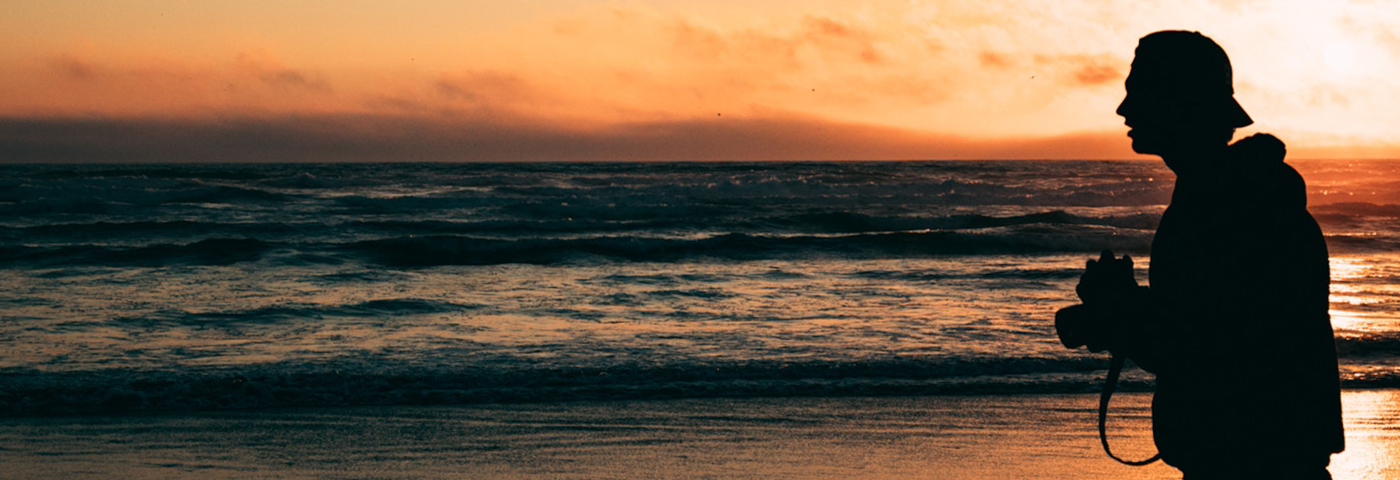There were two developments this week that will help social media organisers and brands improve their output in visuals.
One concerns images, the other video. And both are designed to help find quality content with minimum restriction in how it is used.
Vimeo has long been the upmarket brother to YouTube, the one where ‘proper’ video makers prefer to host their art. And travel has long been one of its favourite subjects – check out Vimeo’s best travel videos of 2017.
Now the channel has just introduced a stock library, so that all of us can add bits of footage to our own. It’s not rocket science, but it is a huge boon to vloggers and brands wanting to enhance their video output.
Tap ‘travel’ into search and it comes up with 78,002 results filtered by the price of usage, quality (4k or HD), frame rate and duration. But, as with Instagram, most clips have been tagged to death, so getting a specific video is difficult.
Search ‘Travel Australia Uluru’ and nothing shows. However ‘Travel Australia Sydney’ results in 513 clips, so there is some virtue in this development. A 22-second aerial clip of downtown Sydney, for example, costs just £49 in HD (with a 20% discount for Vimeo members).
The nice thing is that the clips are royalty-free and can be used any which way and as many times as you’d like. So if a tour operator to Australia, or a blogger shooting Sydney but without a drone, this could be an excellent resource.
The videos are exclusive to Vimeo. And another compelling reason to use the facility is that the Vimeo filmer who posts the clip receives up to 70% of revenue, so vloggers have another opportunity to earn decent income.
Cutting through the swathe of licences required, and rewarding the creator properly for their work, has been one of the key tenets of photo agency Picfair since it launched four years ago.
It allows photographers to load and set their own price for images, with Picfair simply adding a 20% commission charge payable by the purchaser. Now it has six million images uploaded by 35,000 photographers from 130 countries – travel and tourism is its biggest collection by subject.
A Crowdcube campaign last month raised £420,000 from nearly 400 investors, the latest round of fund-raising. It’s another site whereby bloggers can sell their images, and creators can buy exclusive images to enhance their social.
And this week, it added a service whereby posted images can be bought as canvases or framed prints – the creator receives the same price as a digital download but all sales are handled by Picfair, another revenue stream.
Of course, there are established photo agencies and libraries that have huge collections: Shutterstock, Pond5 and Getty among them.
When I was deputy travel editor at The Times, 20 years ago, the Robert Harding agency was the go-to travel specialist photo library. It now offers video too but its licencing model is not as simple to negotiate as Picfair or Vimeo.
You can only expect the simplicity of selling and buying images and video to increase, as demand for both increases in how we prefer to consume social media. According to a Business2Community report earlier this year, media post views can increase by 48% if they contain both video and images.
What are you waiting for?

